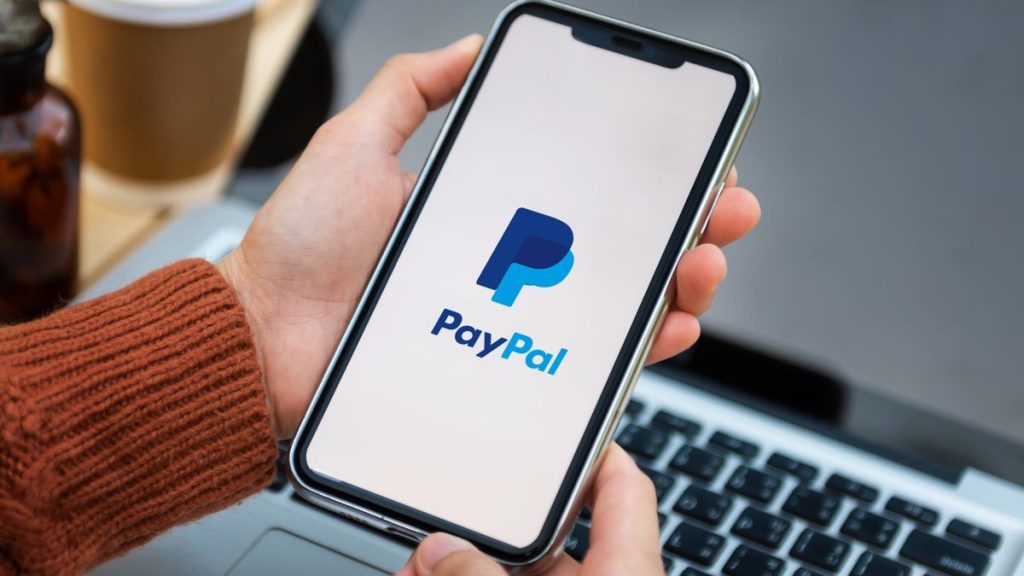The sale of stolen credentials has put 15.8 million PayPal accounts at danger . The Information below will make you helpful.
2 min read
A massive dataset allegedly containing 15.8 million PayPal login credentials has been posted for sale on the dark web, putting millions of users at risk. However, PayPal denies any new breach, attributing the claims to an earlier incident from 2022.
The Alleged Data Breach
Hackers claim the dataset includes email addresses, plaintext passwords, and associated PayPal login URLs, which could enable cybercriminals to commit identity theft and financial fraud. The data is being sold for $750, a surprisingly low price given the scale of the alleged compromise .
PayPal’s Response
PayPal disputes the characterization of the data as fresh, stating that the allegations relate to a 2022 security incident. The company emphasizes that it follows strict global security standards and continuously monitors for threats. PayPal also points out that the dataset’s structure, which includes URLs alongside login credentials, resembles records typically harvested by infostealer malware rather than a direct breach of PayPal’s systems

Potential Risks
If the data is valid, exposed credentials would enable account access attempts and automated credential-stuffing campaigns against linked services. This could lead to :
- Identity Theft: Cybercriminals could use the stolen credentials to commit identity theft and financial fraud.
- Financial Loss: Unauthorized transactions could result in significant financial losses for affected users.
What PayPal Users Should Do
To protect themselves, PayPal users should :
- Change Passwords: Immediately change their PayPal passwords and any other accounts where they’ve used the same login details.
- Enable 2FA: Turn on two-factor authentication to add an extra layer of security.
- Monitor Accounts: Closely watch their accounts for suspicious activity and report any unauthorized transactions.
- Be Cautious of Phishing: Be alert to phishing emails or texts pretending to be from PayPal.
- Use a Password Manager: Consider using a password manager to generate and store unique, strong passwords
The Bigger Picture
This incident highlights the importance of proactive account security and the risks of assuming that a service provider alone can prevent fraud. With credential stuffing attacks on the rise, users must take steps to protect themselves ⁴.
Conclusion
While PayPal denies any new breach, users should remain cautious and take steps to protect their accounts. By changing passwords, enabling 2FA, and monitoring accounts, users can reduce the risk of unauthorized access and potential financial losses.








